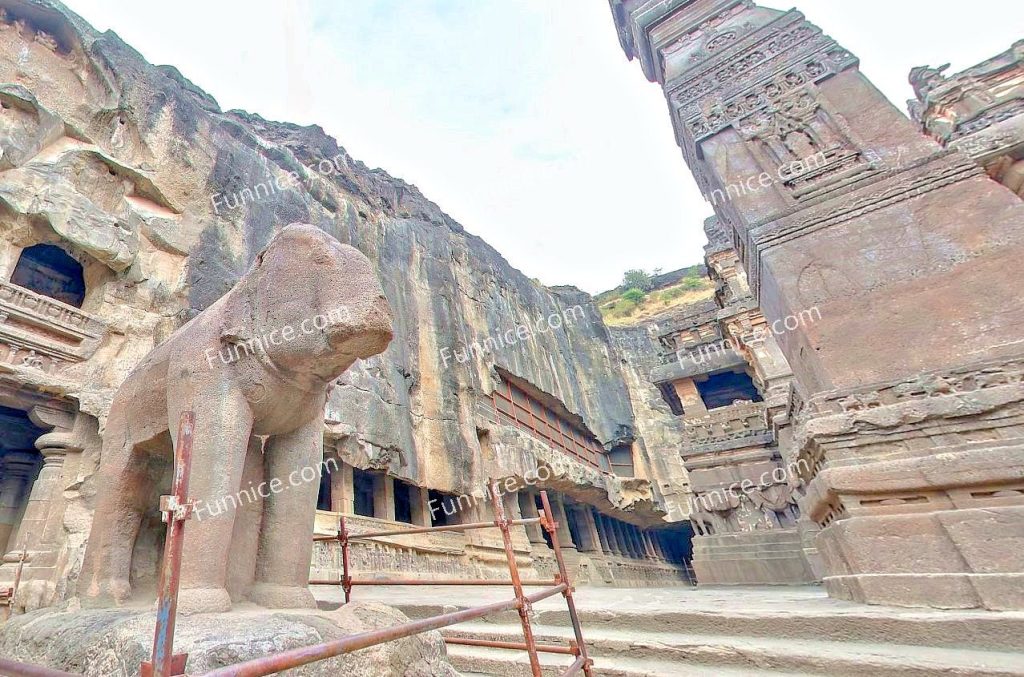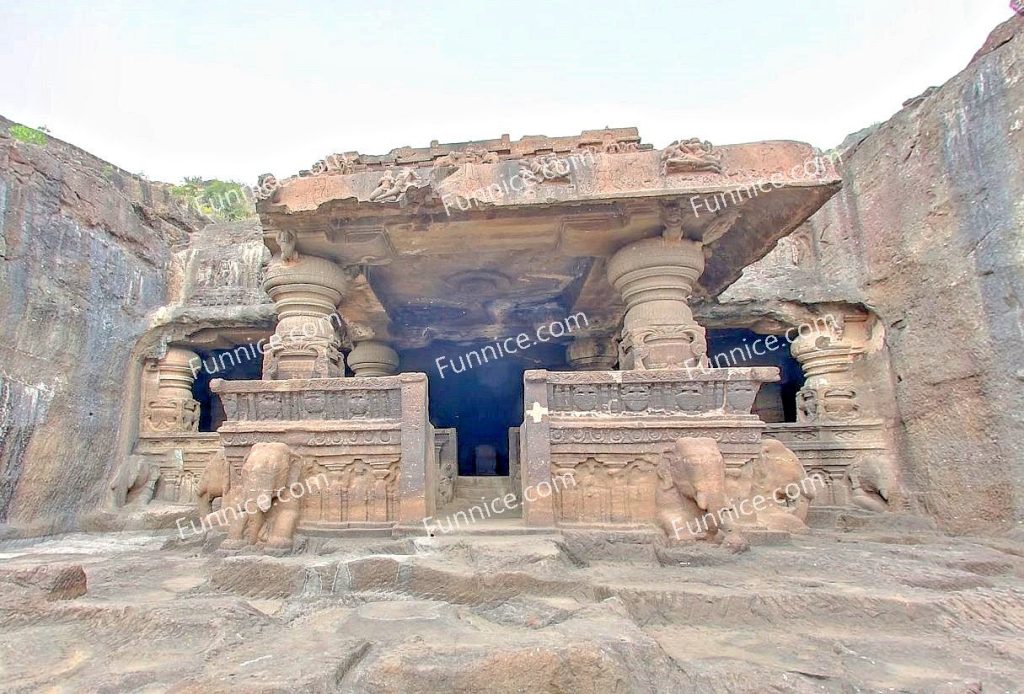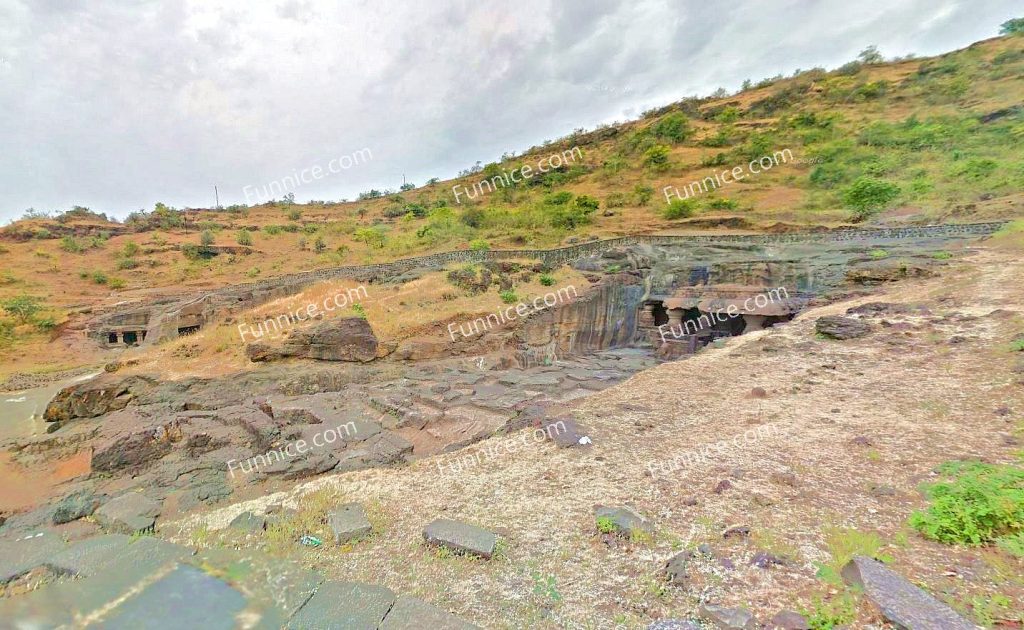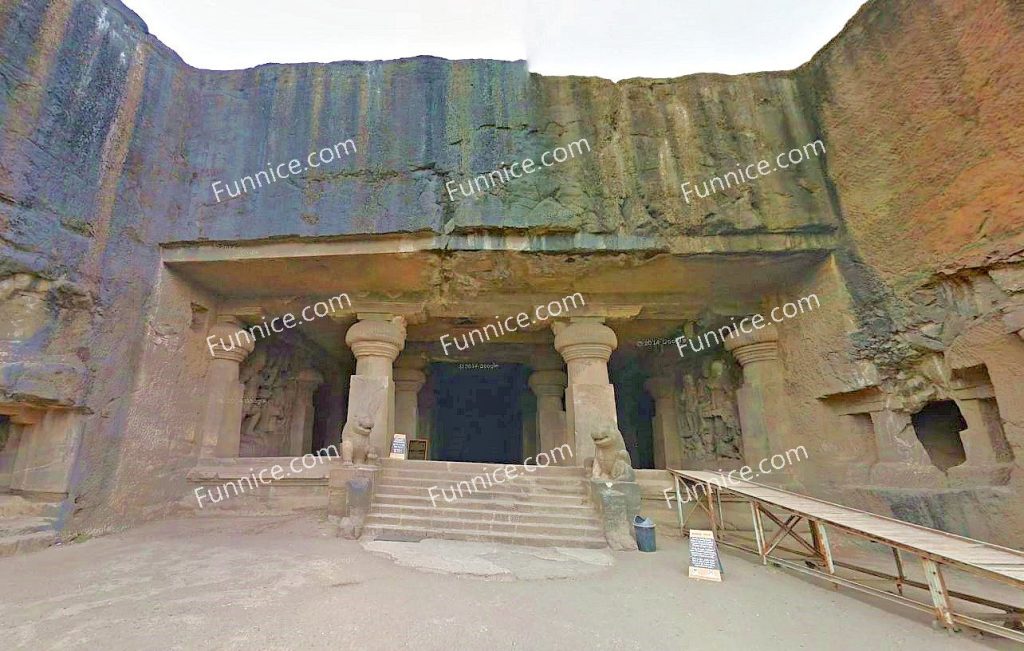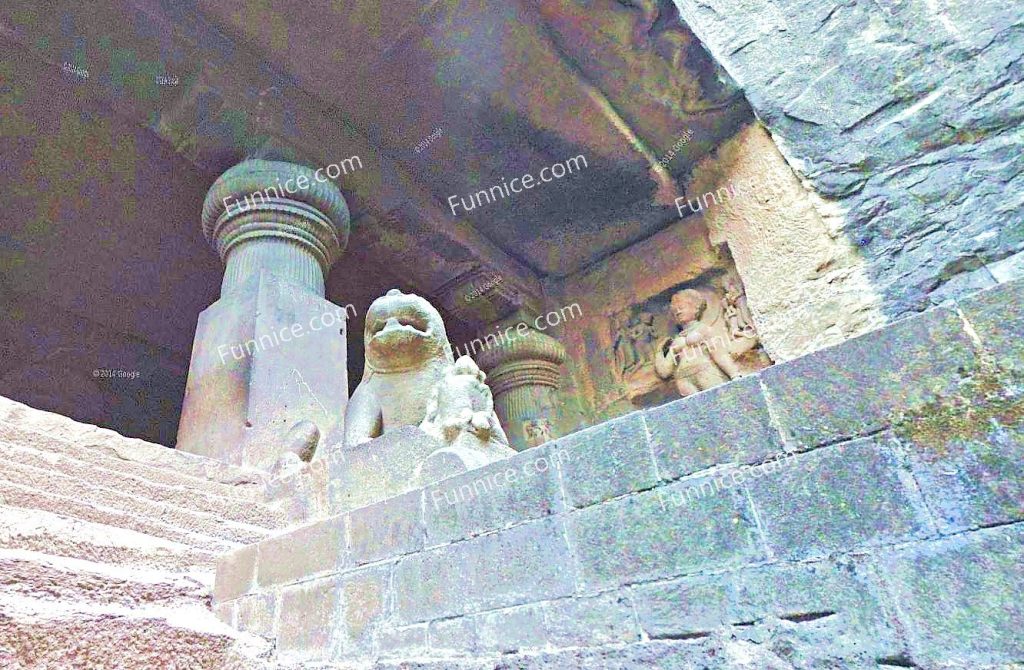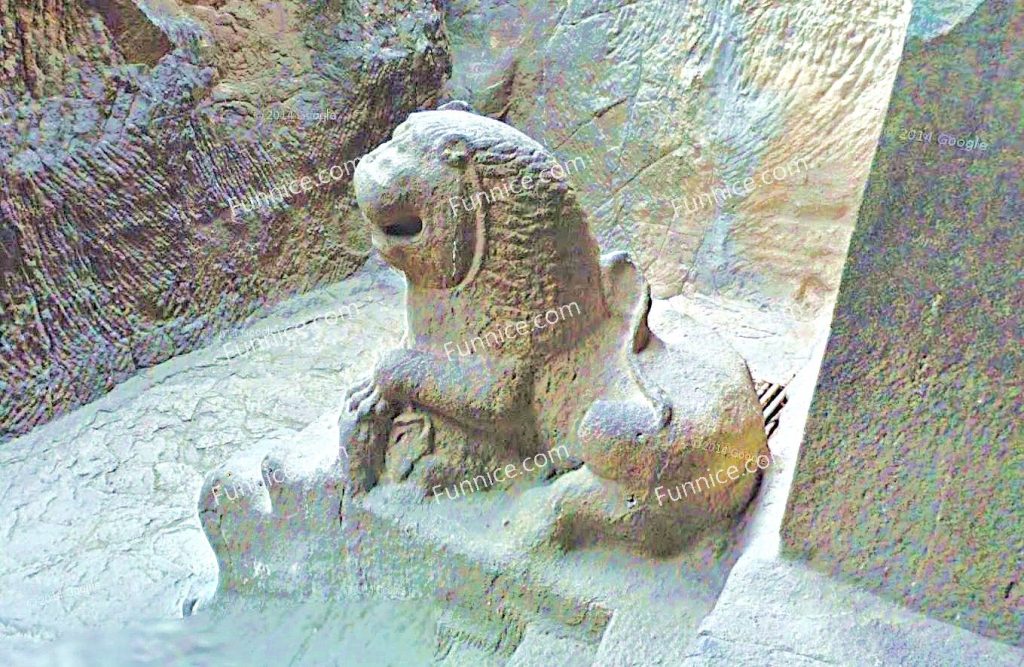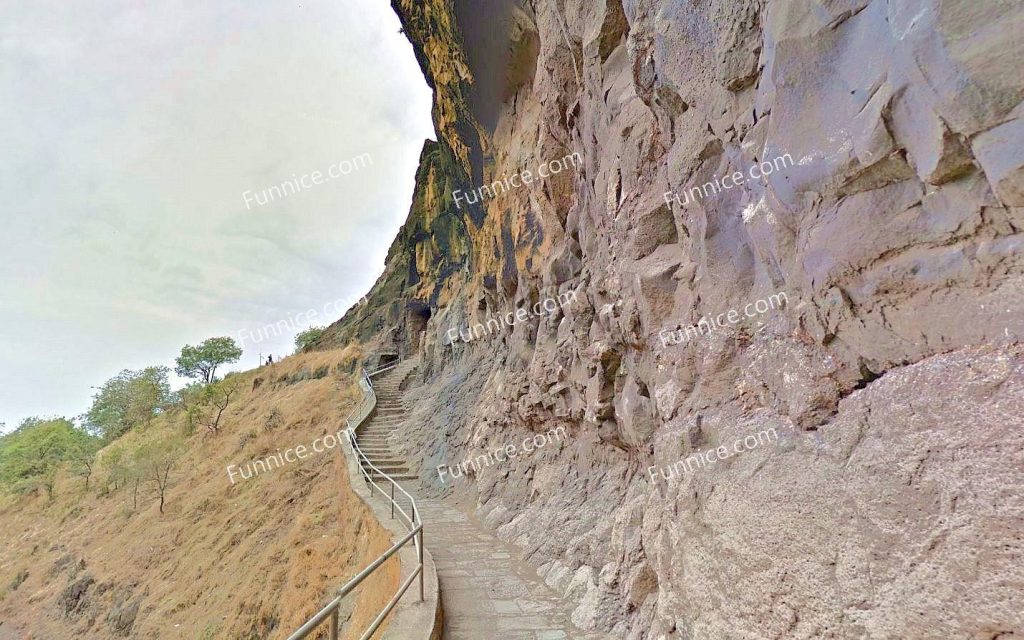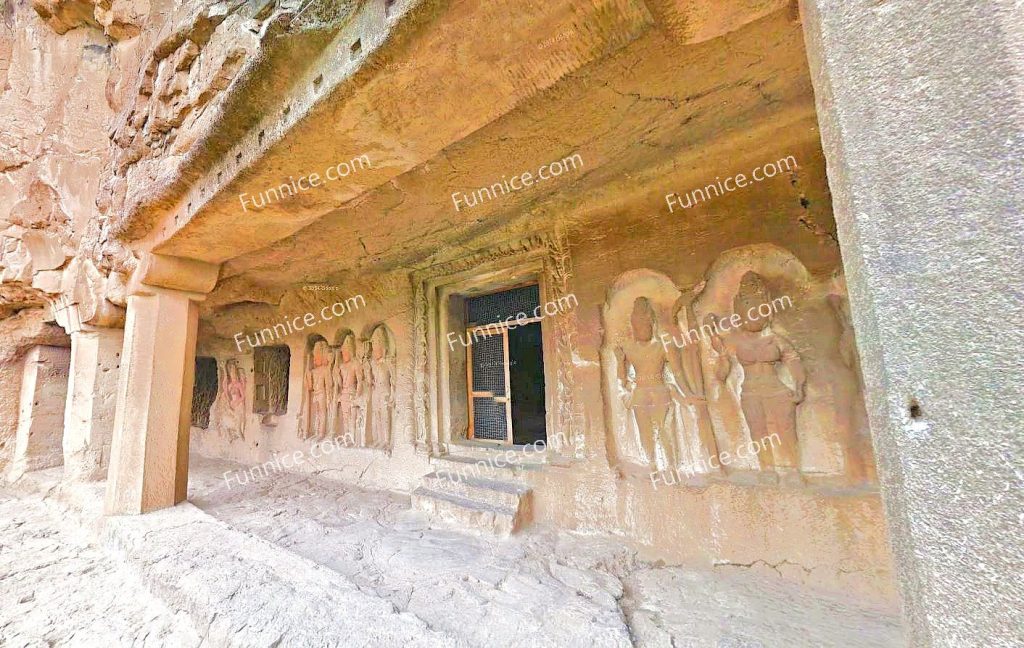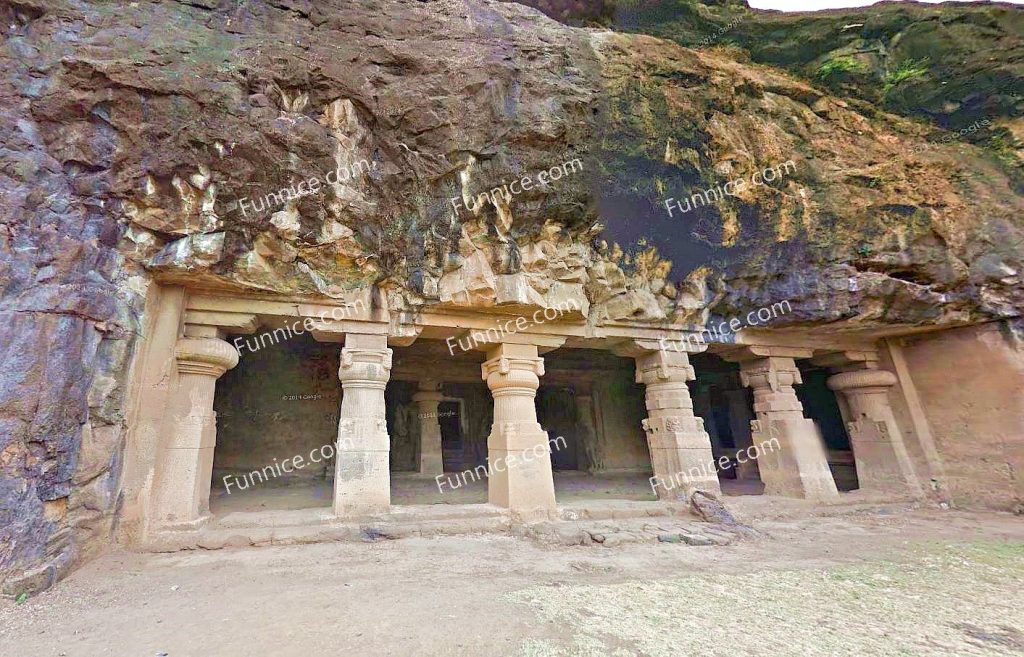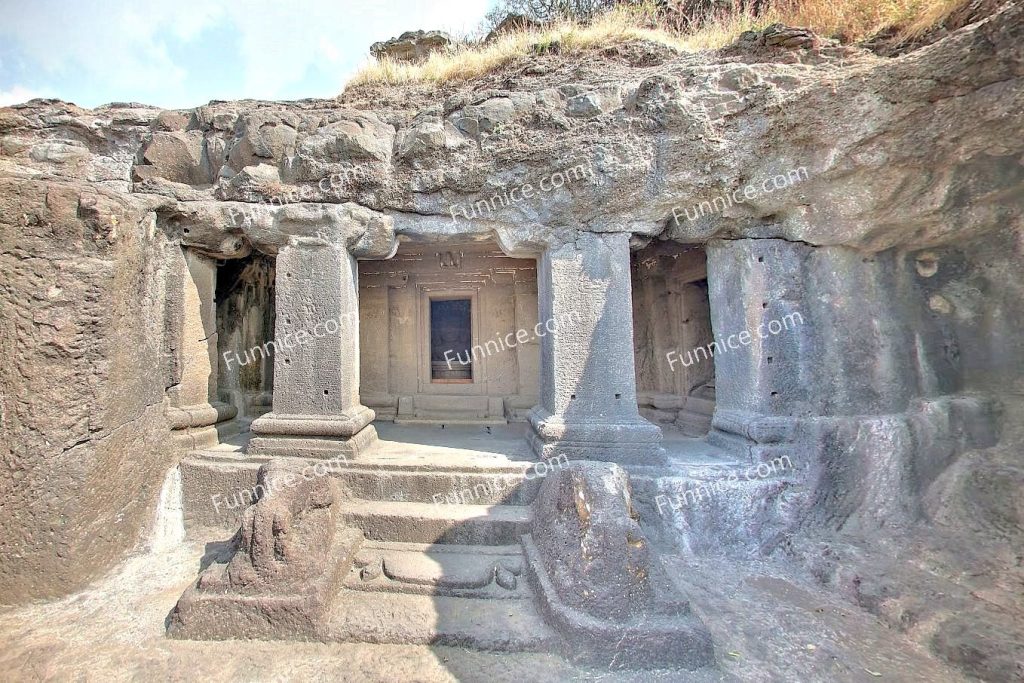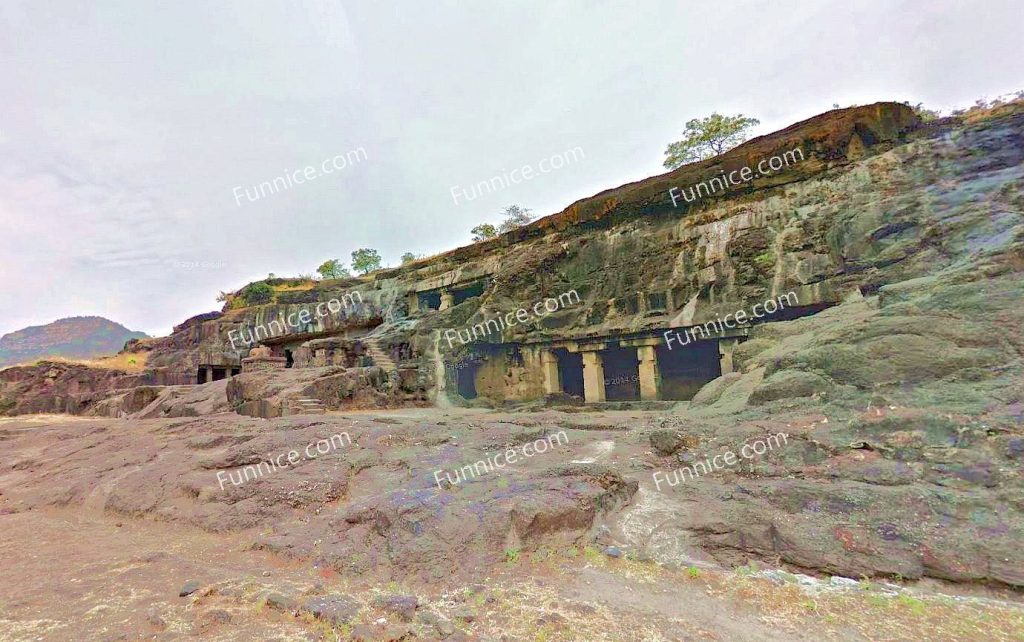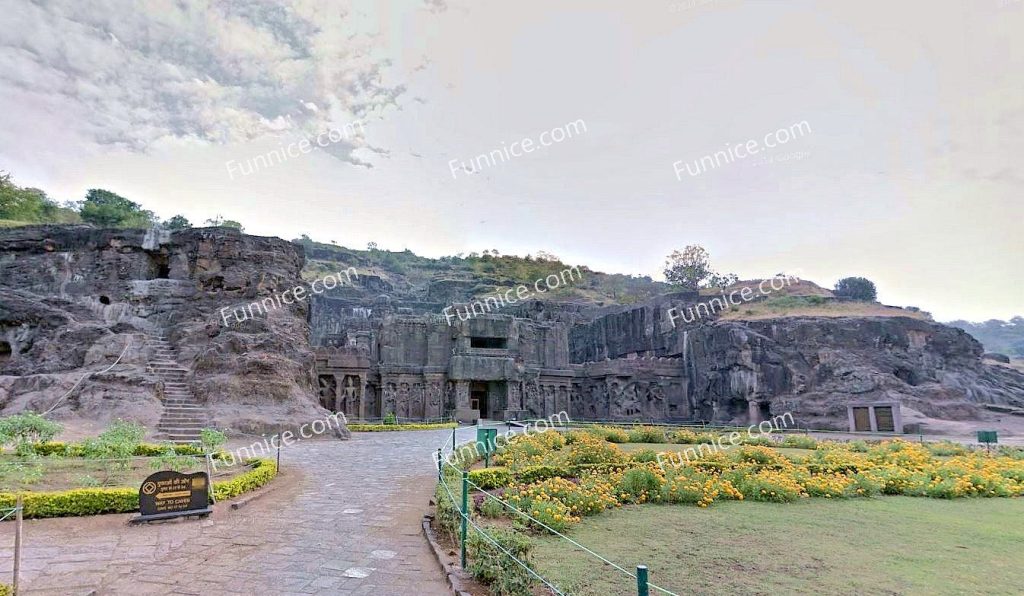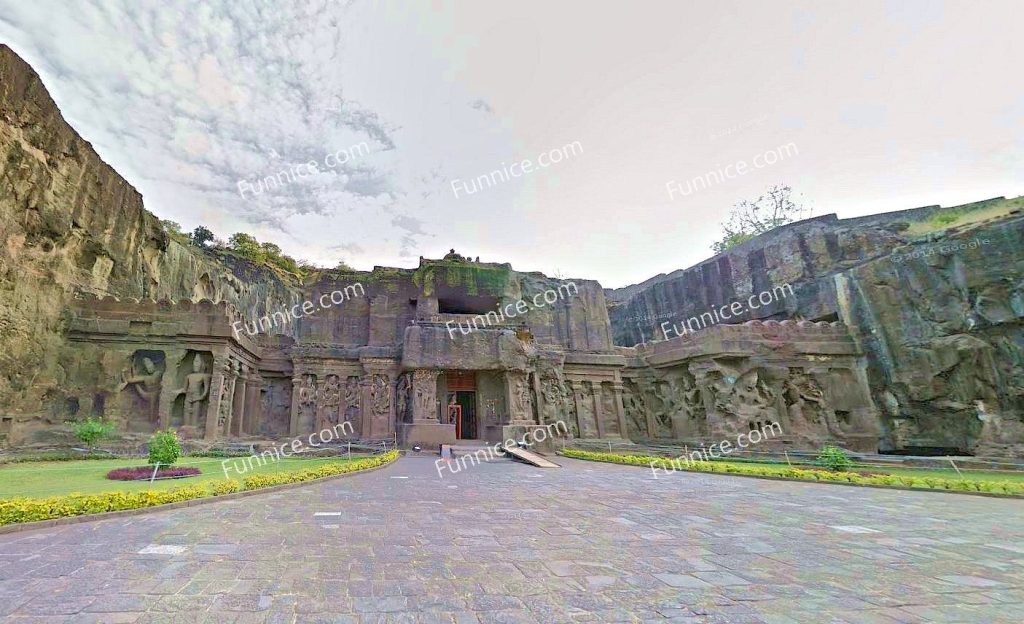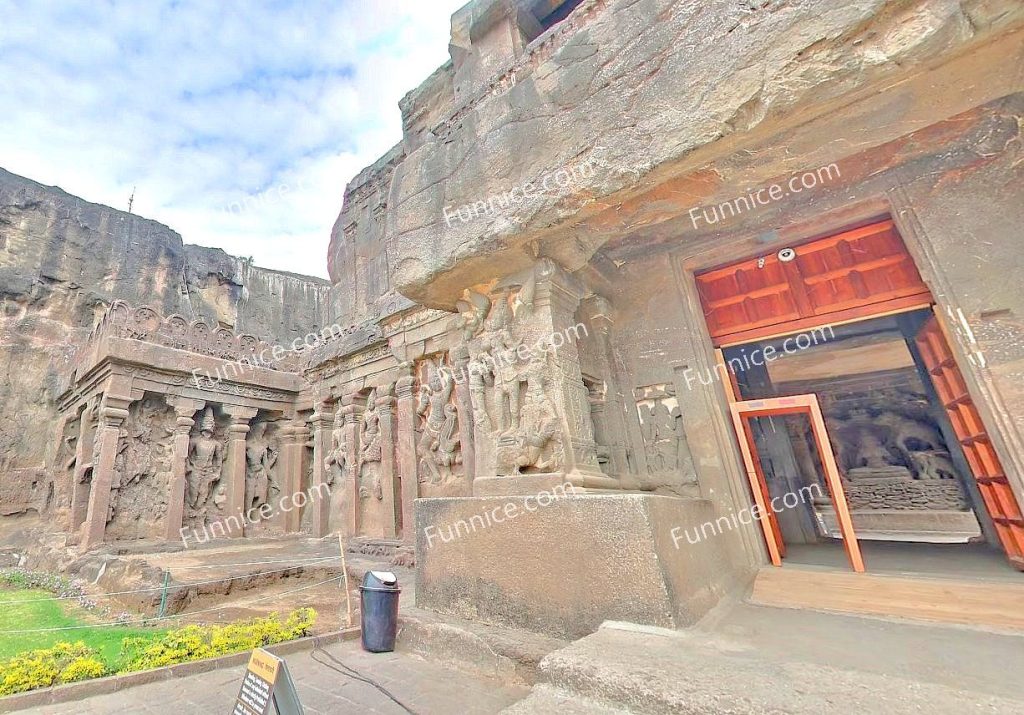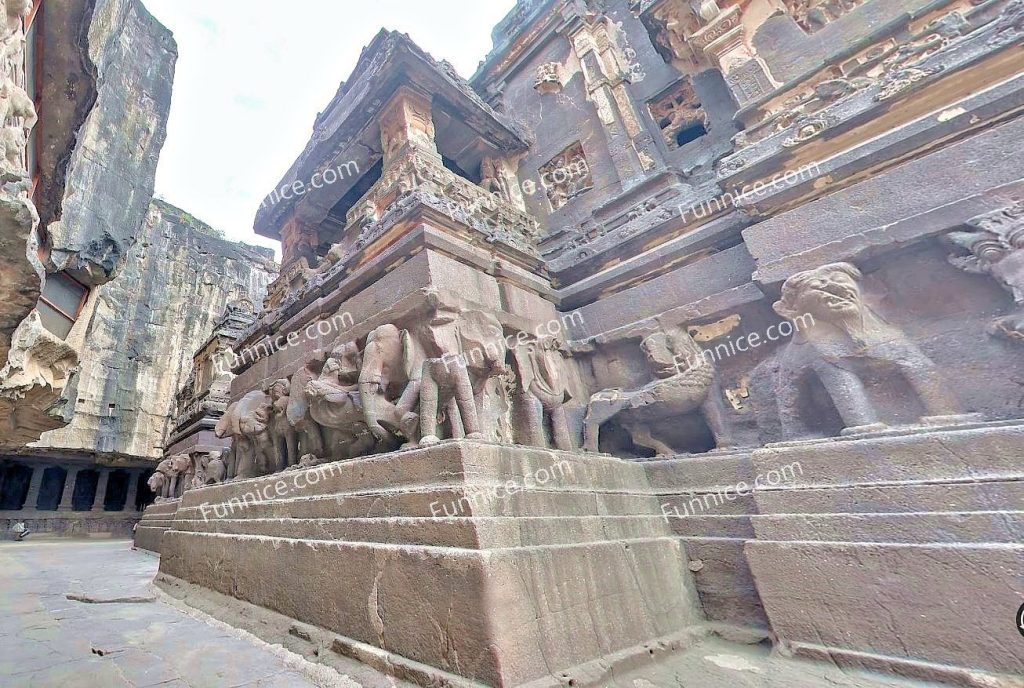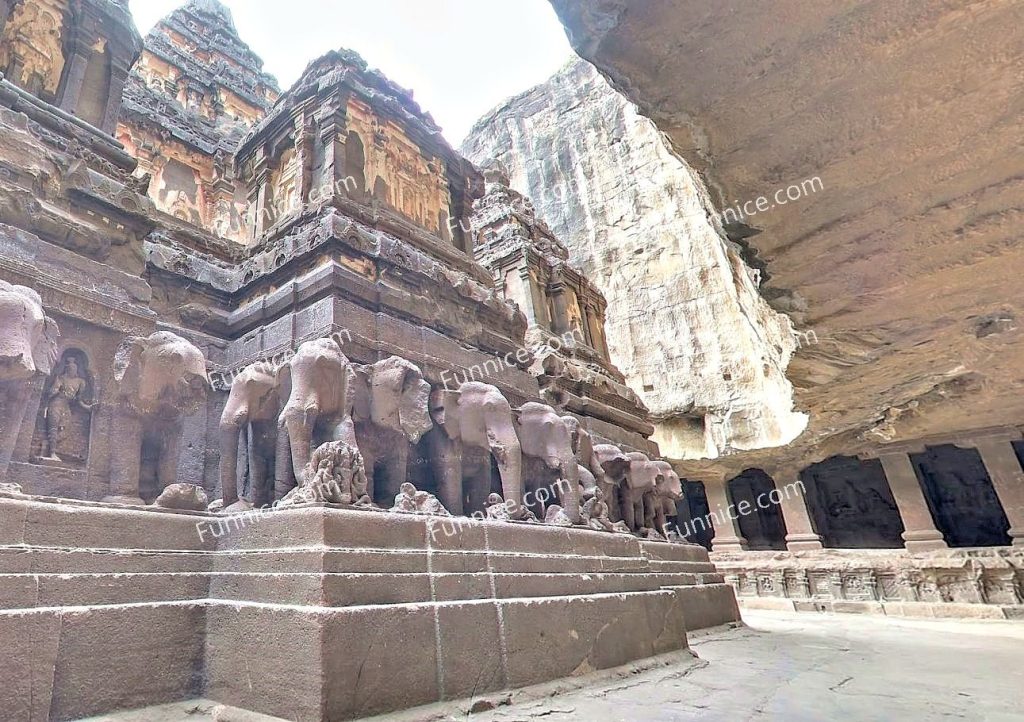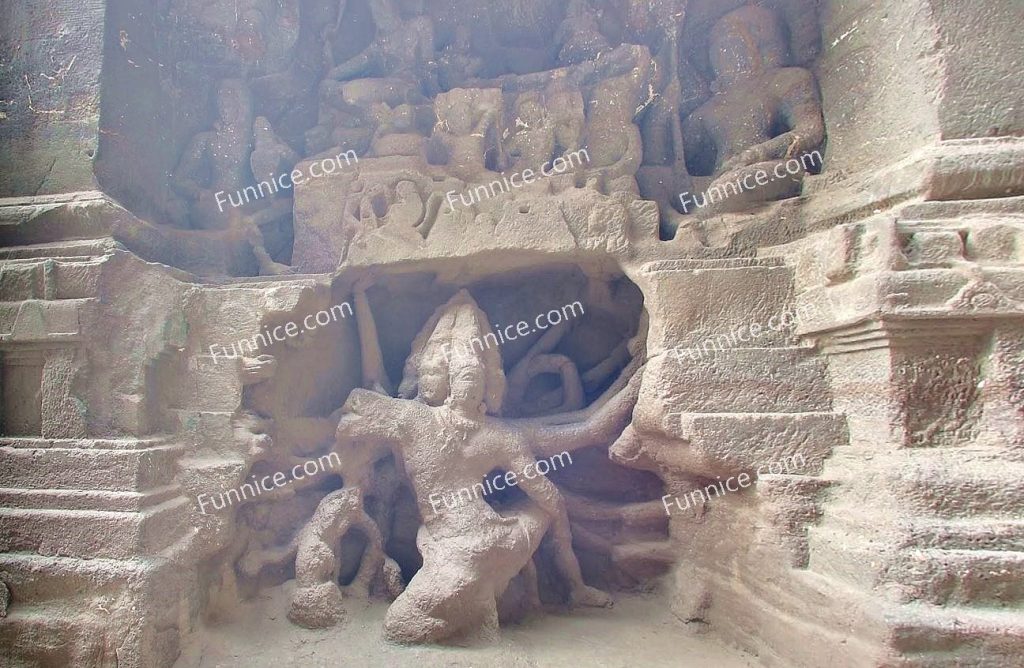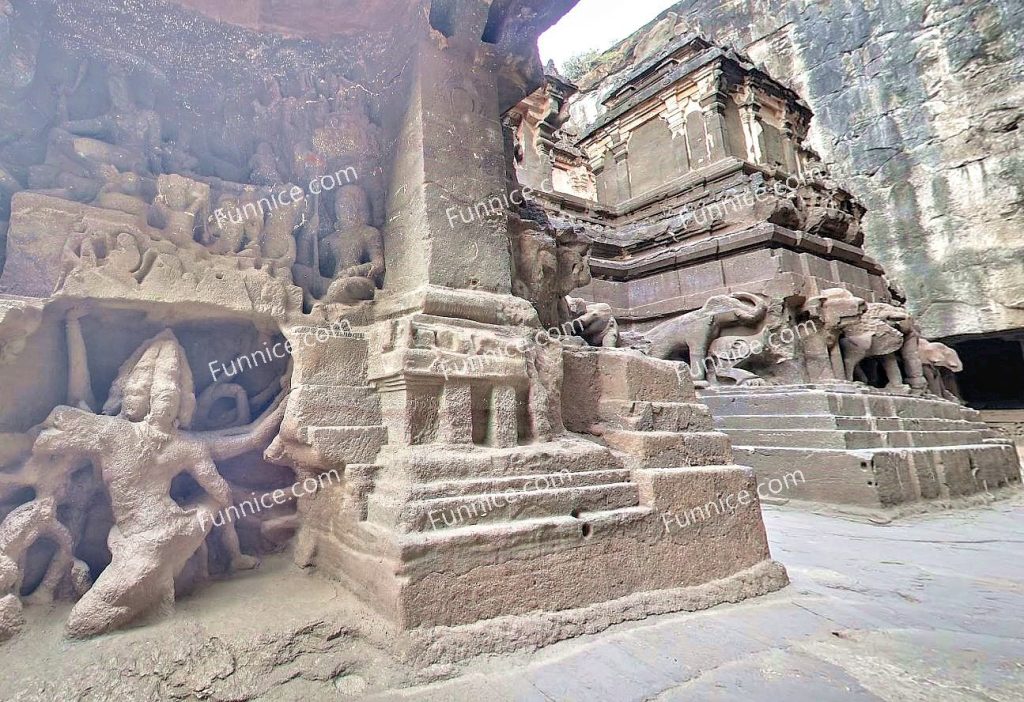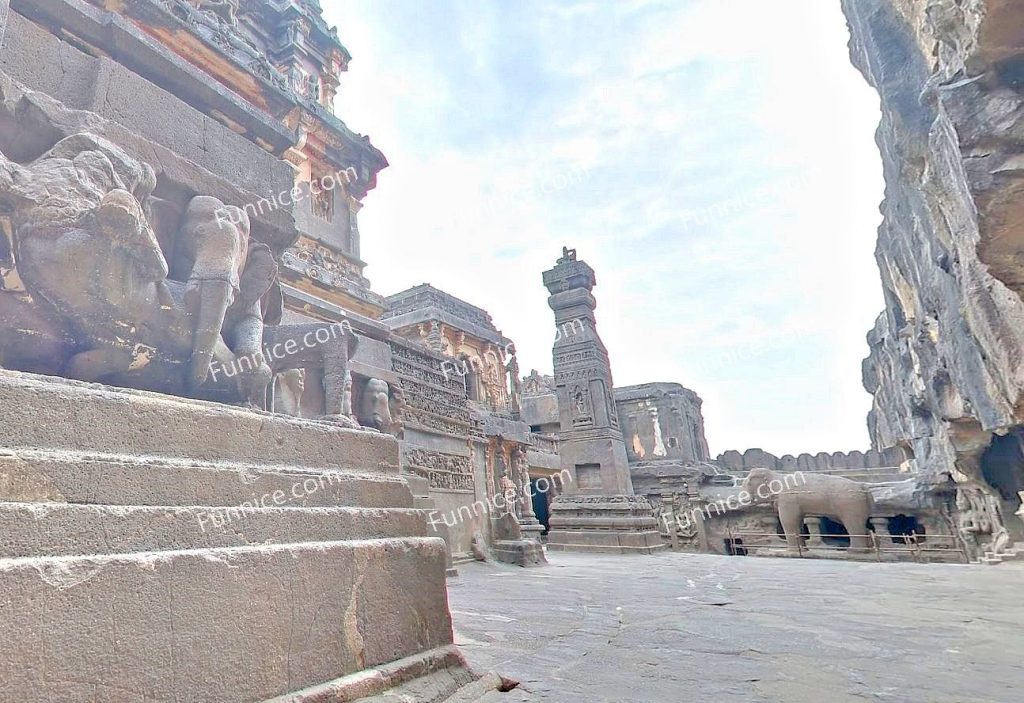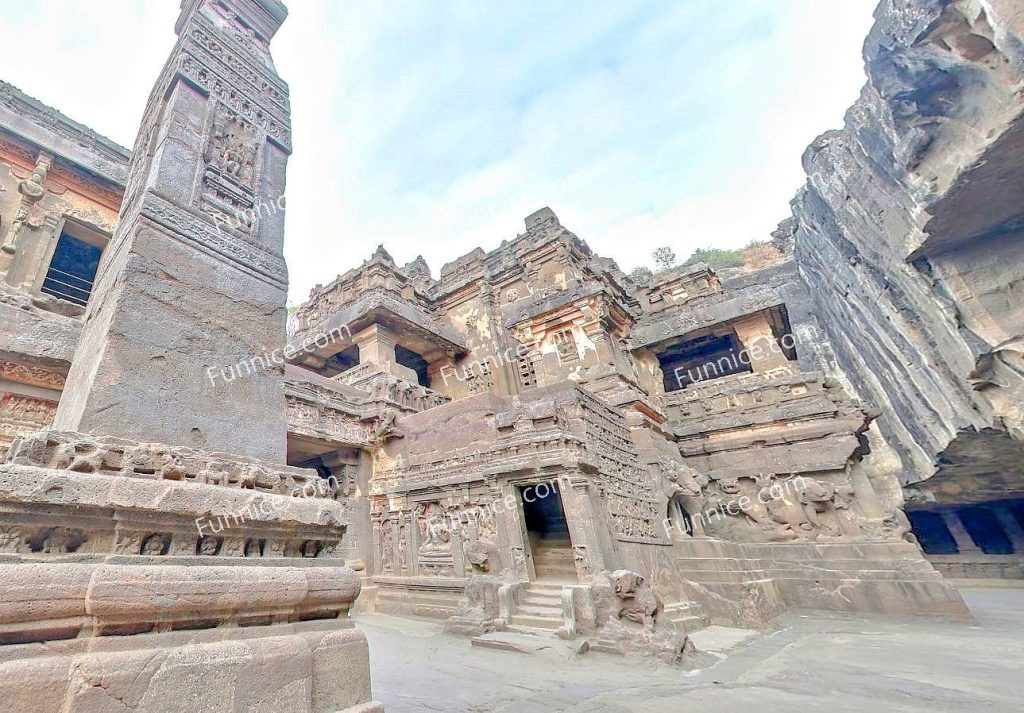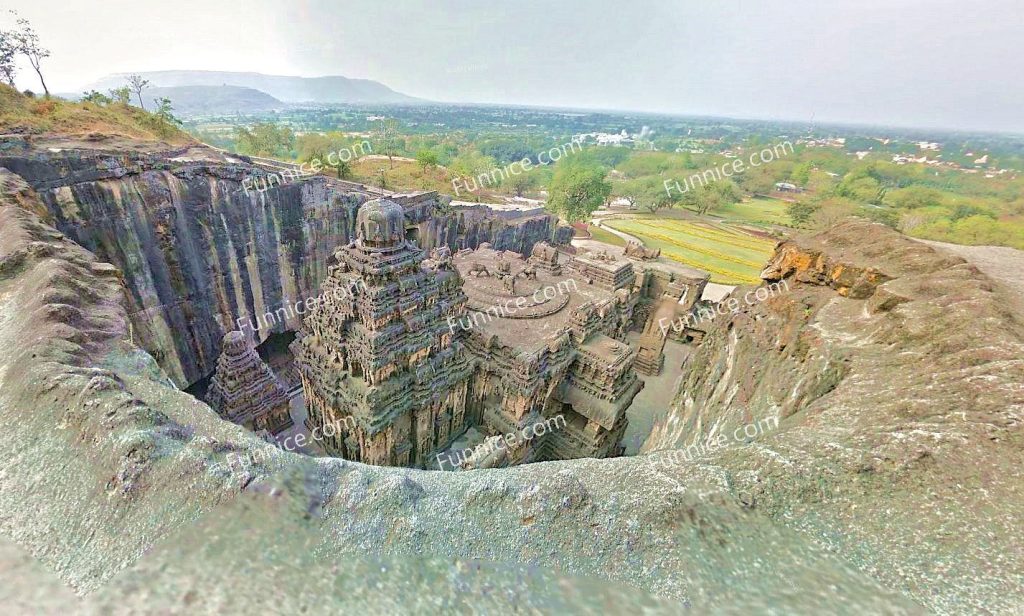Ellora Caves: A Magnificent Fusion of Indian Rock Art and Religion
Located approximately 25 to 30 kilometers northwest of Aurangabad in the western Indian state of Maharashtra, the Ellora Caves stand as one of the world’s most spectacular rock-cut cave complexes. Spanning over two kilometers, this ancient architectural wonder comprises 34 caves, including 12 Buddhist caves, 17 Hindu caves, and 5 Jain caves. Constructed between the 7th and 11th centuries, these caves reflect the artistic and religious evolution during the reigns of the early Chalukya Dynasty and the Rashtrakuta Dynasty. Ellora is renowned for its exquisite rock-cut sculptures, with Cave 16, the Kailasa Temple, being a masterpiece that exemplifies the harmonious blend of divine and artistic expression.
Buddhist Caves: From Monastic Retreats to Ornate Sculptures
The Buddhist caves of Ellora, numbered 1 to 12, follow the artistic traditions of the Ajanta Caves, primarily consisting of viharas (monastic residences) and chaitya halls (prayer halls). Cave 10, known as Vishvakarma Cave, is a classic chaitya hall with a high, vaulted ceiling and a magnificent statue of Buddha, creating a solemn and spiritual atmosphere. Cave 11, known as Dhumar Lena, is unique for its three-story structure, showcasing advanced architectural techniques, while Cave 12, known as Tin Thal, is another notable multi-storied vihara.
Compared to the Ajanta Caves, the Buddhist caves at Ellora exhibit a shift towards more intricate and elaborate designs, reflecting the stylistic transformation of late Mahayana Buddhism. However, as Buddhism began to decline in India, the influence of Hindu artistic traditions became evident in some of these caves. For example, Cave 11 incorporates elements of Hindu temple architecture, blending Buddhist themes with Hindu artistic expressions.
Hindu Caves: The Majestic Kailasa Temple
The Hindu caves, numbered 13 to 29, were constructed between the 7th and 9th centuries and are more elaborate and grandiose compared to the Buddhist caves. These caves primarily focus on the worship of Shiva, and among them, Cave 16, the Kailasa Temple, stands as the pinnacle of rock-cut temple architecture.
The Kailasa Temple, standing 33 meters high and 50 meters long, is an extraordinary feat of engineering, carved entirely from a single block of basalt rock from the top down. It was commissioned by the Rashtrakuta King Krishna I in celebration of a military victory and took 150 years to complete, employing over 7,000 artisans who removed approximately 2.4 million tons of rock during its construction.
Inspired by Mount Kailash, the mythical abode of Lord Shiva, the temple is adorned with intricate carvings that depict scenes from Hindu epics. The sculpture “Ravana Shaking Mount Kailash” portrays the mighty demon-king Ravana attempting to lift Shiva’s sacred mountain, while “The Battle Between Jatayu and Ravana” and “The Dancing Shiva” exemplify the artistic brilliance of the temple. These carvings not only demonstrate the architectural ingenuity of ancient Indian artisans but also bring to life the mythological grandeur of Hinduism.
Other significant Hindu caves include Cave 14, Ravana-ka-Khai, Cave 15, Dashavatara Cave, Cave 21, Rameshwar Cave, and Cave 29, Dumar Lena, each of which is intricately carved with deities, celestial beings, and mythical narratives, making Ellora a treasure trove of Hindu artistic heritage.
Jain Caves: Serenity and Ascetic Beauty
The Jain caves, numbered 30 to 34, were built between the 9th and 13th centuries and, while smaller in scale, exhibit a refined artistic elegance. Jainism emphasizes simplicity and asceticism, and this is reflected in the caves’ restrained yet sophisticated sculptures.
Cave 32, Indra Sabha, is the most elaborate among the Jain caves, featuring a two-story structure with a magnificent 17-meter-tall statue of a Tirthankara, representing the Jain tradition of spiritual discipline and liberation. Meanwhile, Cave 30, Chhota Kailasa, is a smaller-scale imitation of the Kailasa Temple, though its carvings lack the dynamism of its Hindu counterpart.
One striking feature of Jain cave sculptures is the depiction of nude ascetic figures with vines growing around their limbs, symbolizing Jain monks’ devotion to self-denial and non-attachment. Although less grand than the Hindu caves, the Jain caves exude an atmosphere of tranquility and spiritual introspection, adding a unique dimension to Ellora’s religious diversity.
Conclusion: A Timeless Cultural Marvel
The Ellora Caves are not just a magnificent artistic achievement but a profound testament to India’s religious and cultural confluence. From the serene simplicity of the Buddhist caves to the ornate grandeur of the Hindu temples and the austere beauty of the Jain sanctuaries, Ellora embodies the spiritual and artistic aspirations of medieval India.
Today, Ellora continues to captivate scholars, travelers, and devotees alike. As sunlight illuminates the intricate carvings of the Kailasa Temple, one can almost hear the echoes of ancient artisans, priests, and pilgrims who once walked these sacred halls. Visiting Ellora is not just a visual spectacle but also a journey through time, offering a glimpse into the faith, devotion, and artistic mastery of a bygone era.
